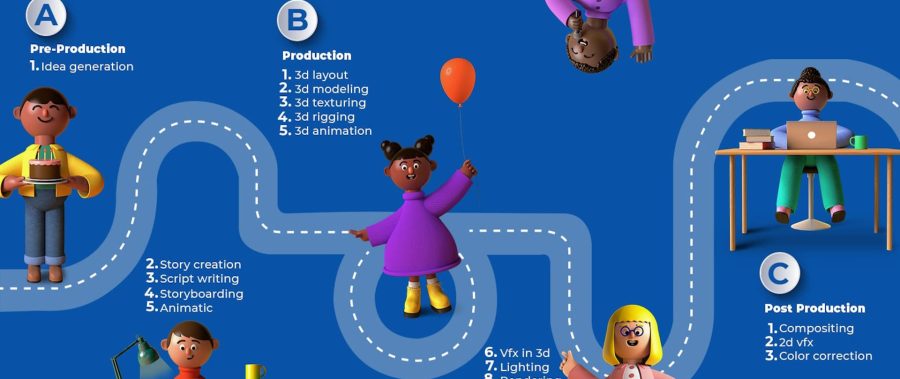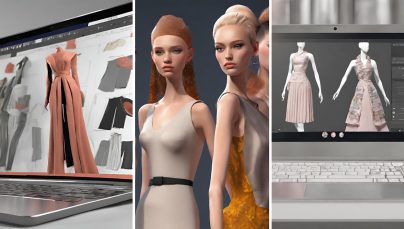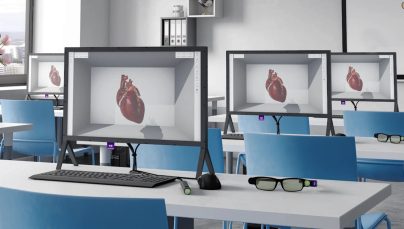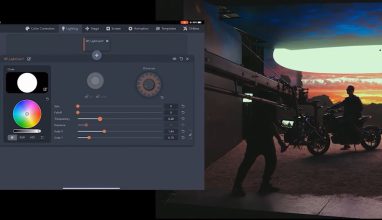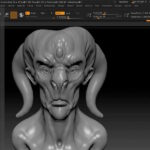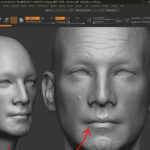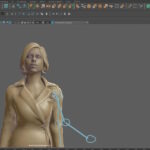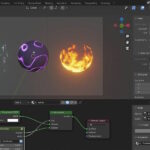Are you thinking about effective methods for enhancing your three-dimensional workflow? You have to define your goals, select the suitable tools, create a workflow, optimize the models, test and refine the result, and explore and share the outcome.
Experts in the 3D modeling sector are very conscious about organizing their 3D models into layers. This is because of sampling in the review process. You can isolate and assess individual parts to assign various components of the model to separate layers. Do not forget that your efforts must not disturb the entire model.
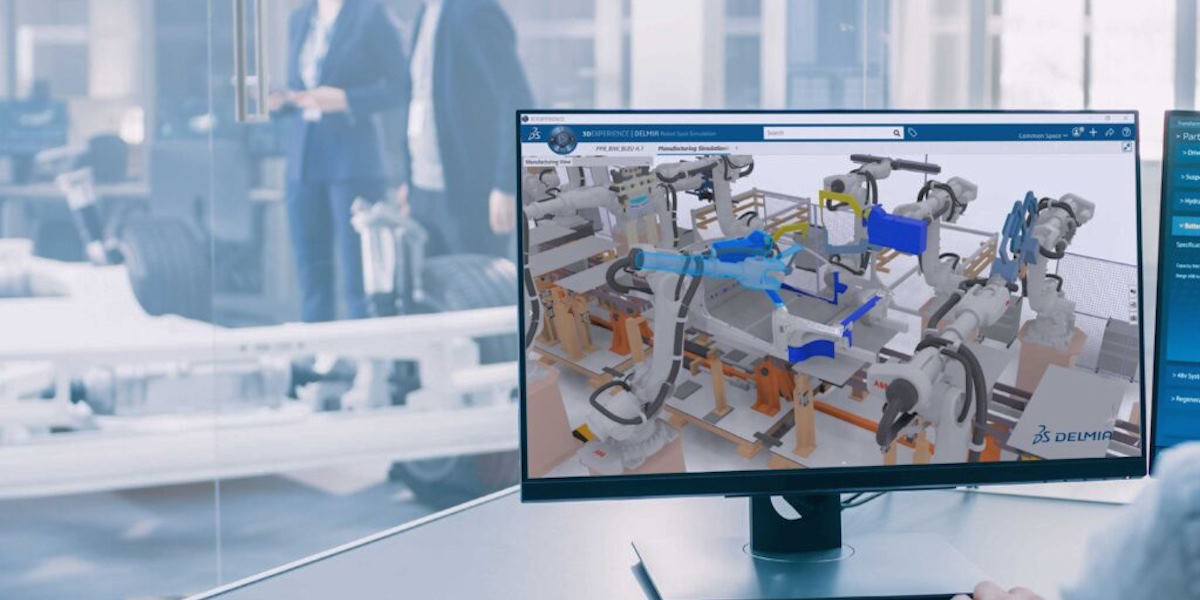
Make your 3D model realistic
You may think about how to make the 3D model realistic. You must put the complete details into your creation and build a good functional toolkit. This is worthwhile to concentrate on the topology, add texture, and go over things again before finalizing.
Beginners in 3D modeling have to know and remember the basic types namely wireframe, solid, surface, and 3D sculpting modeling. They can create 3D models using manual, scanning, or procedural modeling methods.
Do you like to effectively streamline your 3D modeling process as per your expectations? You must assess the overall importance of your asset and break out your sketchbook. You can select the right tool, plan your model, use shortcuts and templates, optimize the model, collaborate and share the content, and export and print the outcome.
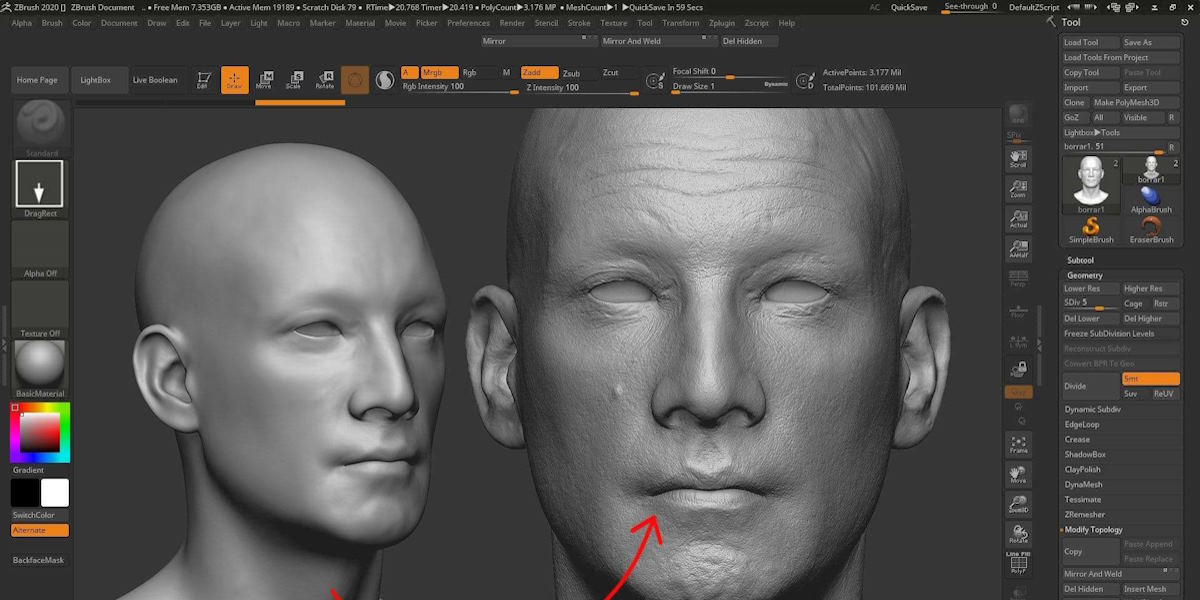
How to optimize the rendering settings
Different 3D modeling tools may confuse you now. You can compare these tools using their features, benefits, and drawbacks. You can consider your financial plan, needs, and preferences to select and use the suitable tool. Examples of well-known 3D modeling tools are AutoCAD, Blender, SketchUp, Fusion 360, and SolidWorks.
There are different options to optimize rendering settings for faster results as expected. You have to adjust the size of the render region, upgrade the RAM, explore different settings in the rendering section, get the first-class graphics card, and reduce the polycount in the scene. This is advisable to use the stock textures and 3D models. If you use 2D or 3D CAD files, then you can get a notable improvement in your project work.
3D artists worldwide today understand the significance of time in their competitive profession. They wish to know about how to speed up their work and make it cost-efficient. They use different techniques to speed up rendering times in 3D applications as per their requirements. For example, they use proper layers and groups for organizing objects. They skip all unnecessary details during the 3D modeling phase to improve the economy of their project.

